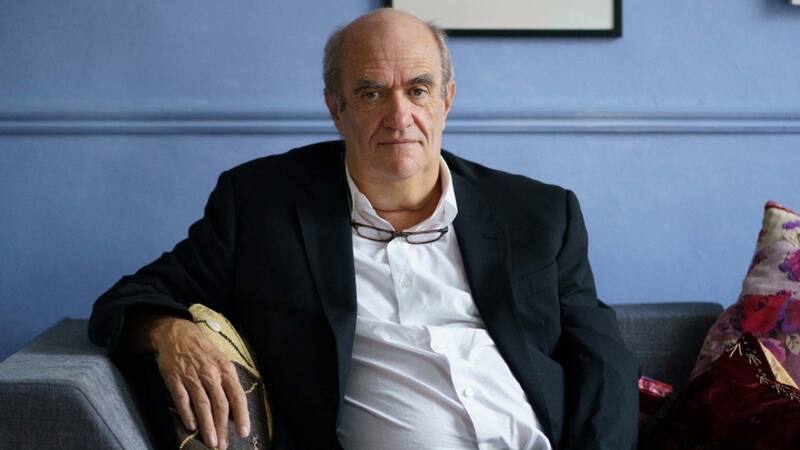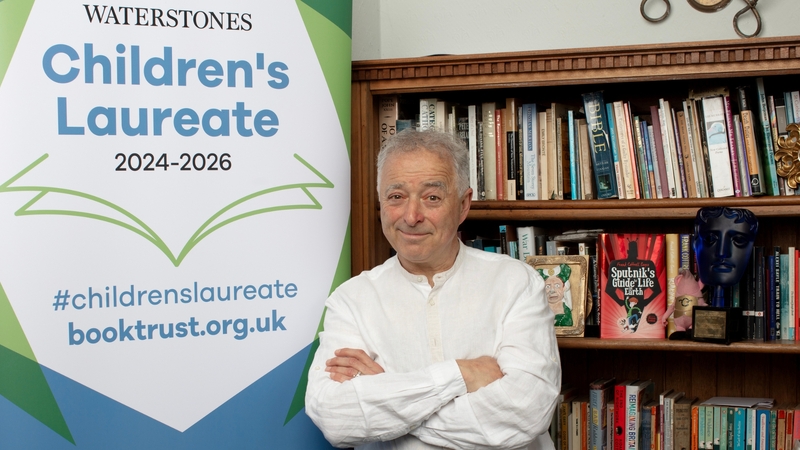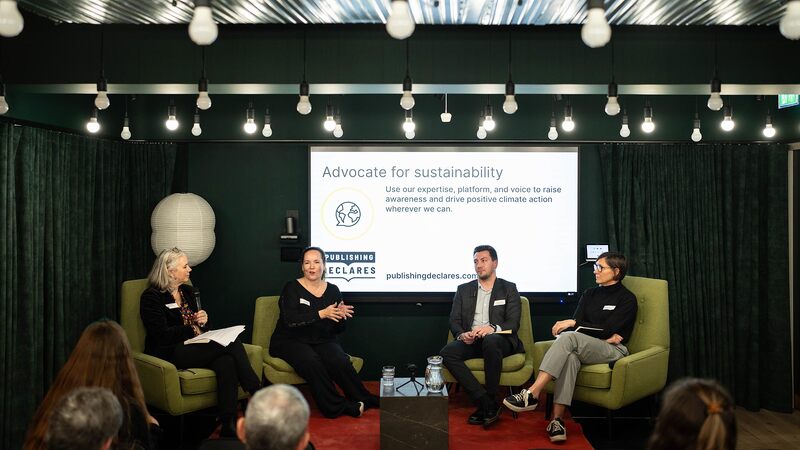You are viewing your 1 free article this month. Login to read more articles.
Power struggle
Could energy management be the answer to publishing’s burnout epidemic?
The past few years have been exhausting. Everyone I know is barely keeping their head above water, juggling an overwhelming workload with the ever increasing demands of life, crossing off items from their to-do list only for more to be added without a pause to take a breath.
In 2022, The Bookseller reported that publishing was facing “industry-wide burnout”, and from the evidence of both subsequent comment pieces and the conversations that took place at FutureBook last November, 2023 was no better for staff, agents or authors. Given that the first symptom of burnout to appear is often exhaustion, it’s important that we think carefully about how we manage our lives, and find a way to do what we need to do without draining ourselves completely.
Time management and productivity-boosting books appeal to our desire for the elusive "work/life balance", especially when they’re penned by visibly successful "celebrities". Some of the advice regularly touted feels out of touch – “get up at 5 a.m. to write!” or “book an all-inclusive writing retreat to finish those edits!” – but some authors do offer refreshing takes on organisation, my favourites being Oliver Burkeman and Cal Newport.
Yet I’ve still always struggled with exerting any control over how I spend my time. When I put rigid structures in place to meet a deadline, or try to separate work time and non-work time, I always find keeping to my new timetable more stressful than working without one.
I think this is because time management techniques take the view that it is our organisational skills that hold us back from being our most productive, most creative, most optimised selves. That if we could just package up passing time into neat chunks with clearly marked objectives, then we would finish our to-do lists.
But, in practice, it isn’t time that really holds us back. It’s our energy.
Answering emails is easier on a Monday morning, when I’m chirpier, chattier, than on Thursday at 4:30 p.m. I spend twice as long writing an article on a Friday afternoon, when the week has taken its toll and I’m desperate to log off, than I would on another day. Making social media graphics on Canva can take 30 minutes or 2 hours, depending on how long I’ve been sat at my desk already – creativity, for me, is a pre-11 a.m. activity.
Working in publishing requires a lot of mental energy. Concentration is cognitively demanding, as is creativity. But the industry can also be emotionally draining
Distraction and procrastination are also heavily influenced by energy levels. When we’re low on energy and faced with a difficult task that will take large amounts of mental effort, we’ll naturally want to procrastinate with something easier. Our brain likes to take the path of least resistance, especially when we’re already exhausted. This is also impacts our desire for quick, easy wins that can give us small boosts of joy (and energy), like fast food and "retail therapy".
It’s easy to see why time management strategies are so alluring when we’re overwhelmed and burning out: wouldn’t it be great if I could adopt the Pomodoro technique and solve all of my problems? Or time-block my way out of an unrealistic workload? We want something that will bring time under our control, but what we really need is to understand our relationship with energy, not time.
Working in publishing requires a lot of mental energy. Concentration is cognitively demanding, as is creativity. But the industry can also be emotionally draining, supporting authors as they navigate their book’s journey whether for the first, fourth or fifteenth time. Add to this the physical demands on many staff: commuting; attending fairs; running around the office from meeting to meeting, or around London to connect with agents. We often forget that these tasks, even if they’re fun and exciting, use up our energy.
The demands don’t stop when we finish for the day, either. Agents and editors spend a lot of their "spare" time reading for work, while authors with different day jobs squeeze writing into slithers of time wherever they can, leaving little for rest, recuperation and pleasure.
Energy management, then, involves assessing life’s demands in the context of our energy levels. It takes into account our feelings of energy and fatigue at different times in the day and across the weeks and months. "Pacing", the energy management lifestyle I talk about in my book, encourages us to balance different types of activity so that we don’t end every day exhausted.
By noticing your own feelings of energy, you’ll develop a keener sense of the energy requirements of your activities. Then you can begin to make decisions that support your energy levels. You can schedule your meetings differently, so that you’re not drained of all cognitive ability by Monday afternoon and unable to feel creative until at least Thursday morning. You can allow for periods of low motivation and procrastination, saving certain tasks that don’t ask as much of your energy for the times that you know you’ll be more distractable.
I won’t promise you that energy management will cure your burnout, or make you 10 times more productive, or put you on track to become c.e.o. within three to five years. But I can say that understanding my energy helps me better plan my days, make realistic to-do lists and complete them (most of the time), and makes me much kinder to myself and others in times of extreme stress, burnout and fatigue.


















